Glossary of Packaging Material Terms
Share this Page
All of the materials used at Clearpak conform to the latest and most stringent CONEG/ TPCH regulations for heavy metals and toxins. We only use North American-made materials in our manufacturing.
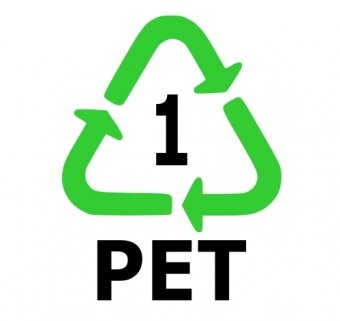 PET: Polyethylene Terephthalate
PET: Polyethylene Terephthalate
PET has a highly printable surface and it offers high impact strength.
It is currently the most common plastic in production. This is mainly due to the bottles used in the carbonated beverage industry.
PET can also have additives introduced to its existing form in order to increase different properties of the plastic such as Amorphous, Crystalline PETG and RPET. All these forms use the same PET recycling symbol.
PET can come in two variations:
- APET – Amorphous is completely transparent (soda bottles and clear sheeting). This is the most common state referred to as PET (the A is not usually pronounced).
- CPET – Crystalline is an opaque PET. Used for oven-friendly or microwavable trays.
RPET– Recycled polyethylene terephthalate uses a maximum of 20% recycled content. This is very difficult to work with because it makes the material extremely brittle.
Common Uses:
Soft drink and water bottles, containers for oils, oven-ready and microwavable food trays.
Recyclable:
YES - Future Uses:polar fleece, clothing fibers, carpet furniture & new containers
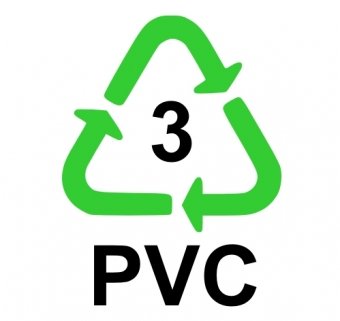 PVC: Polyvinyl Chloride or V: Vinyl
PVC: Polyvinyl Chloride or V: Vinyl
PVC has great characteristics that complement the Clearpak product line. It features an excellentprintable surface, high impact strength, great optics and is scratch resistant. We can use it to make folding cartons, thermoforms or vacuum forms. PVC is safe to use with food.
PVC is 57% Sodium Chloride (table salt) and 43% carbon. Based on its composition, it is less dependent on the oil markets.
PVC is available in 2 formats:
- Rigid: Commonly used in construction for piping, automotive fuel tanks and bank/credit cards.
- Soft: When plasticisers are added to PVC it can start to become flexible. A few applications for this are non-beverage bottles like automotive fluids and sheeting for thermoforming and die cutting.
V – Vinyl is common slang for PVC. It is commonly used to refer to flexible PVC.
Common Uses:
Plastic wrap, inflatable toys, spray bottles, clear food packaging/films, pool liners, siding & windows
Recyclable:
NO - Future Uses: Even though it is not easily recycled at work or at home, PVC can be recycled to make cables, mud flaps, paneling, roadway gutters
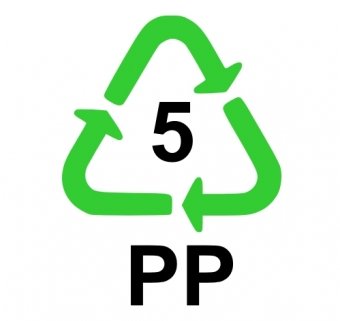 PP: Polypropylene
PP: Polypropylene
PP features good stiffness, tensile strength, an excellent moisture barrier, superior optics and an outstanding live hinge. This material is dependent on crude oil production.
When PP is burnt it produces CO2 and water. This material has a slight haze.
PP is very heat tolerant but has poor low temperature durability. It is used in the textile industries to make rope, thermal underwear and carpet. It can be made into bottles for products that need to be filled with hot liquid.
Common Uses:
Baby bottles, yoghurt & deli containers, reusable plastics, ketchup bottles, prescription medicine bottles, drinking straws
Recyclable:
YES - Future Uses: battery cable, brooms, rakes, bicycle racks, ice scrapers
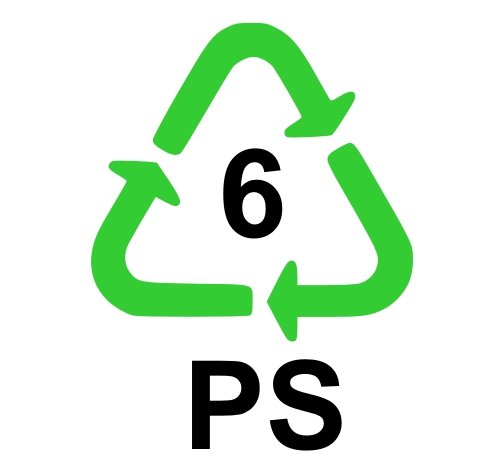 PS: Polystyrene
PS: Polystyrene
PS is a hard and brittle thermoplastic which comes clear, but through the use of colorants it can be made in any color. Polystyrene can come in a solid form but can also come in a foam-like format.
It is a great thermoplastic which allows us to make clear, stable thermoform or vacuum form trays and displays. PS starts to flow at about 100°C and will cool quickly. Because of these properties it also lends itself very well to injection moulding.
HIPS is commonly used in appliance components, TV and audio-visual equipment parts, recording tape cassettes, bicycle trailers. It maintains strength in high-impact applications and is easily molded. It is deemed to be recyclable with good property retention and can be painted.
Flocked Styrene is a styrene with a velour finish. It is used in jewelry boxes and provides an upscale look and luxurious feel. Flocked Styrene is a product we can thermoform to any shape.
Common Uses:
CD cases, plastic cutlery, disposable cups and plates, egg cartons, medicine bottles, take-out containers
Recyclable:
YES (In some instances) Future Uses: foam packaging, insulation, light switch plates, rulers, rigid foam products (expanded polystyrene)
